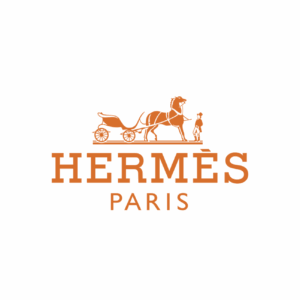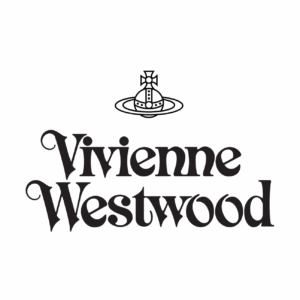Apple, HP, Lenovo & ASUS
The global technology sector’s value chain stretches from mineral extraction for semiconductors to complex final-mile logistics for phones, laptops, and servers. Because devices consume electricity throughout their life cycle and rely on energy-intensive chip fabrication, tech firms must tackle emissions at every tier, from foundries and component suppliers (Scope 3) to their own data-centre operations (Scope 2) and offices (Scope 1).
Apple, HP, Lenovo, and ASUS have all set net-zero targets, yet they differ markedly in how deeply they involve suppliers, redesign products for energy frugality, and invest in closed-loop material flows. Their success or failure reverberates across a supply network that includes thousands of sub-vendors, global freight routes, and rapidly expanding e-waste streams.
In parallel, stakeholder pressure for transparency has never been higher. CDP scores, Science-Based Targets validation, and product-level environmental labels now shape investor sentiment and consumer choice. Leaders such as Apple foreground circular-economy design and traceability dashboards, whereas laggards still publish only aggregate ESG data.
How the four brands manage renewable-energy procurement, water stewardship in water-stressed manufacturing hubs, and take-back programmes for obsolete hardware will determine whether the sector can decouple growth from planetary impact.
HP
Keep Reinventing
Criteria
Carbon Footprint 4 / 5
63 % reduction in Scope 1-2 since 2015; net-zero across value chain targeted for 2040; product-use emissions down 40 % since 2019.
Ecological Impact 4 / 5
“Forest Positive” paper sourcing; 65 % fibre-based packaging; 24 000 t ocean-bound plastics reused; limited biodiversity disclosures.
Energy Consumption 4 / 5
64 % of global electricity from renewables (100 % in US); target 100 % worldwide by 2025; product efficiency +38 % since 2019.
Freight Density 4 / 5
11 % year-over-year logistics-emission cut; modal shifts to rail/sea and packaging reduction.
Recycling Rates 4.5/5
More than 450 000 t hardware & cartridges recycled since 2016; closed-loop plastics in devices; Instant Ink cuts cartridge waste 57 %.
Saving Levels 4 / 5
Circular-design laptops (82 % recycled aluminium) and services save > $100 M in materials & energy.
Specific Product Monitoring 4.5 / 5
ISO-aligned LCAs and product carbon-footprint labels across key lines.
Supply-Chain Waste 4 / 5
95 % of production partners audited; emphasis on reduced upstream packaging and material efficiency.
Sustainability Scorecards 4.5 / 5
CDP “A” for climate & water; top 1 % EcoVadis; integrated ESG-financial reporting.
Water Management 4 / 5
19 % freshwater-withdrawal cut YoY; stewardship plans in India & Mexico.
Overall Snapshot
Apple leads on renewable-energy integration, circular design, and transparent score-cards, while HP follows closely with strong climate governance and closed-loop initiatives. Lenovo shows solid progress but needs deeper Scope 3 and biodiversity action. ASUS demonstrates early efforts yet lacks comprehensive transparency and supplier engagement.
Average Score:
ESCP Business School Team
Research developed by five curious international ESCP Business School students who have worked together to successfully complete their consulting project. They analysed four brands in four different categories -24 brands: electric cars EV, dairy products, computers, personal care, luxury apparel, fast fashion-, according to 10 environmental criteria.
- Alix AMMEUX: Dairy Products
- Hanna AMSELLEM: Electrical Vehicles
- Leonardo BERTINI COLLA: Computers
- Zackary BOISNEAULT: Personal Products
- Ariane DESPRES: Luxury Apparels
- Caterina GIUSTINIANI: Fast fashion





0 Comments